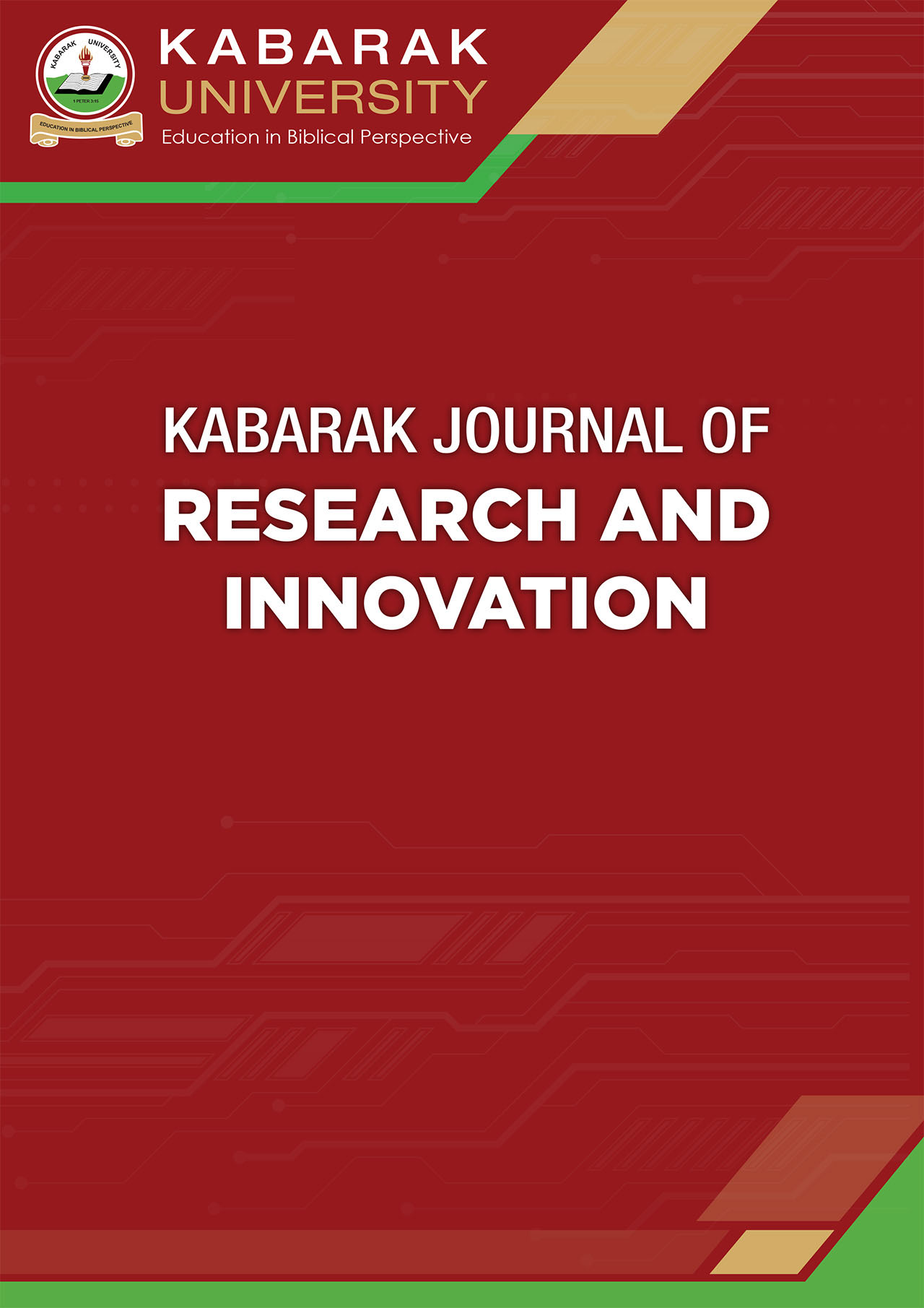Access to Higher Education in a Devolved System of Government
DOI:
https://doi.org/10.58216/kjri.v4i2.35Abstract
The New Constitution (2010) brought in its wake a devolved government with key functions being devolved to county governments. This paper set out to address the following objectives: (1) to evaluate the status of higher education within Uasin Gishu County; (2) to establish the challenges facing HEIs in Uasin Gishu County and (3) to suggest a raft of policy measures to mitigate the constraints facing higher education within the county. Data was obtained from secondary sources including various publications of the State Department of Education, county department of education, Kenya Bureau of Statistics, journals, newspapers, policy documents etc. The findings of the study indicate that HEIs have increased in number and size, but there are still challenges in provision, accessing and management of higher education within the county. Although the county has several Universities, the growing number of admissible students cannot be fully absorbed by the existing Universities. The increased private social demand for education has led to the proliferation of several University campuses, which pose serious challenges of quality and standards. Universities still continue to grapple with the challenges of limited finances, facilities and adequate faculty to meet the growing demand. Access to higher education has to be expanded, especially to students from rural areas and marginalized communities.
Downloads
Downloads
Published
How to Cite
Issue
Section
License

This work is licensed under a Creative Commons Attribution 4.0 International License.
The Kabarak Journal of Research and Innovation (KJRI) provides immediate open access to all its published content. This is in line with our commitment to making research freely available to the public, supporting a greater global exchange of knowledge.
All articles are published under the Creative Commons Attribution 4.0 International License (CC BY 4.0). This license permits unrestricted use, distribution, and reproduction in any medium, provided the original author and source are properly credited.
Readers are free to read, download, copy, distribute, print, search, or link to the full texts of articles without asking prior permission from the publisher or the author.


